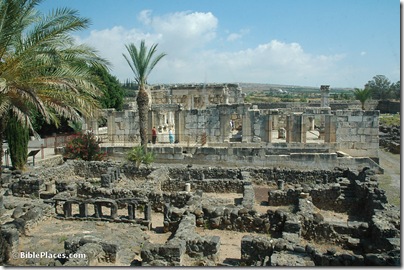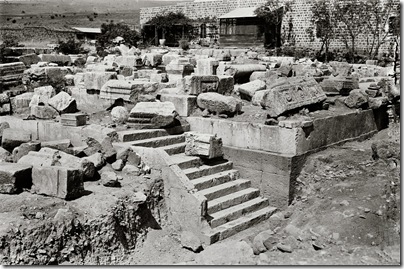The Jerusalem Post has an interesting article on the modern map of Israel and the man in charge.
Most Israelis and Jordanians are probably unaware that the border between their countries isn’t really fixed. The boundary runs directly through the center of the Jordan River, but should the river naturally change its course, so too will the border. It is one of many secrets held by Dr. Haim Srebro, director-general of the Survey of Israel center. For decades, Srebro has been working to give the State of Israel its final borders. When the peace treaties with Egypt and Jordan were signed, Srebro and his Arab counterparts worked behind the scenes, away from the limelight and photo-ops of leaders shaking hands, to draw up some of the Middle East’s best-known frontiers. "The Jordan River is constantly changing. If it alters its route naturally, according to our agreement with the Jordanians, we recognize the change. But if the river is redirected artificially and suddenly, the border remains fixed," he said this week, speaking from his spacious office at the Survey of Israel’s Tel Aviv headquarters…. Jordan is now working to develop a $27 million complex in Aqaba, complete with hotels and lagoons, funded largely by investment from the Gulf states. The proximity of the development to the Israeli border means that Srebro and Sagarat have had to be called in for advice. "The border fence isn’t actually on the border. It’s on Israel’s side, meaning that the Jordanians could have crossed into Israel without knowing it. That’s why they are now building a border fence on their side, too," Srebro explained. During the 1979 peace negotiations with Egypt, Srebro employed the cutting edge technique of using bridged straight aerial photographs (known as orthophotos) to draw up a new border between the countries following Israel’s withdrawal from the Sinai Peninsula. "I told the Egyptians, we’ll do something together. Let’s set up a committee, so that you can check on us and we’ll check on you," Srebro recalled. At first, the Americans, who were brokering the talks, handed both sides an abstract map of the new proposed border, but Srebro said the map, which lacked any physical features, was useless. "For the first time in a peace treaty, aerial photographs were used to plan a border," he said. The Egyptians were so pleased with the result that they sent Srebro a statue of Nefertiti to thank him.
The complete article is here.

